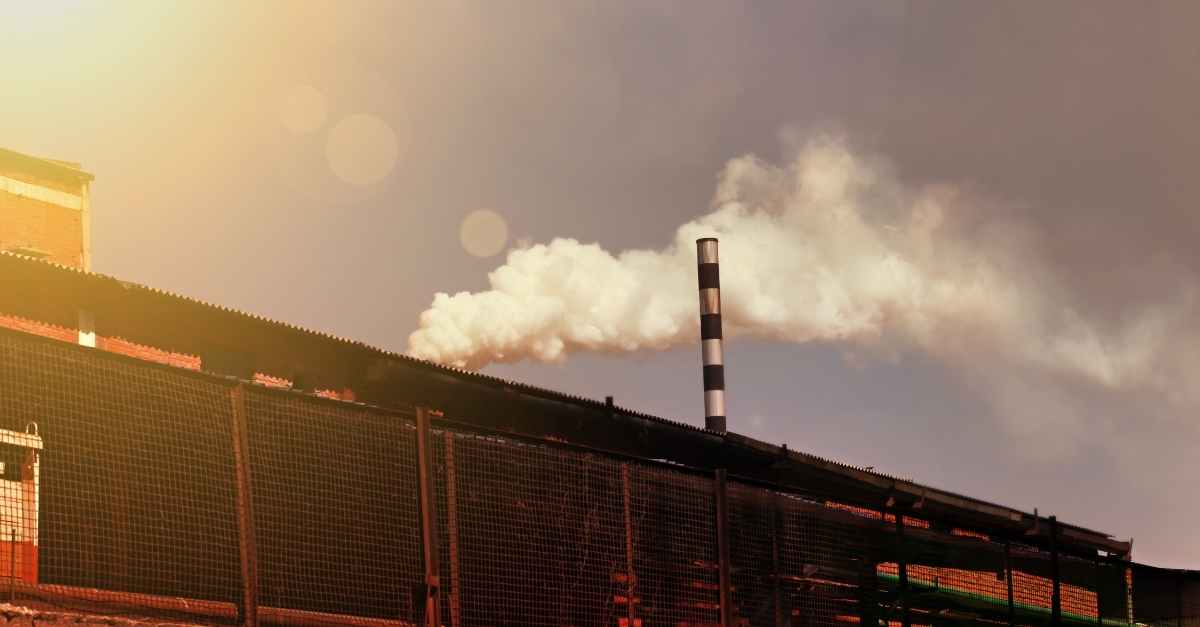With the increasingly pressing imperative to slow climate change down, and with the recent COP 26 conference, a few clients inquired about ways to confirm that their suppliers have taken steps to protect the environment with a view to doing an environmental audit.
Unfortunately, most manufacturers based in China, Vietnam, Thailand, or India, don’t see eco-friendliness as a top priority.
And, when they do mention it on their websites, it is usually about ways to help their customers do “greenwashing”. For example, one of the materials can be made in bioplastic, or the packaging is technically recyclable.
(Never mind the fact that it still needs to be processed in a country with very carbon-intensive electricity, it has to be shipped to the other side of the world, the country of sale may not have the facility to recycle PP, etc.)
How to know if your factory has taken steps to protect the environment? (6 questions to ask)
In most cases, a factory audit is not the right approach.
The sad truth is, an auditor will know within 5 minutes whether the factory has been thinking of this topic and has prepared.
Why not first ask a few questions to the factory? Depending on their answers, it may (in a few cases) make sense to proceed with an environmental audit.
Here are a few questions we usually suggest our clients ask their suppliers:
Q1 — Is your factory ISO 14001 certified? Are some of your major materials/components suppliers certified to ISO 14001?
If they say yes, that’s a positive point. The next steps are usually (1) to check if they are really certified and (2) to ask a few very specific questions to confirm that they seem to have a real EMS (environmental management system) in place.
Note: some other types of eco certifications are also a plus, for example, Eco Vadis. Keep an open mind and learn what is behind those other programs.
Q2 — What type(s) of products does your factory make?
(Just get a few examples of the main products.)
Q3 — What are your factory’s main manufacturing processes? (For example: die casting, CNC machining…)
Based on questions 2 and 3, it’s already possible to evaluate the amount of risk before even starting an environmental audit. Here are a few examples.
- Die casting consumes many times more energy than assembly & packing. And reducing that impact is not easy. I heard of a facility that makes the aluminum and can deliver it to a casting operation next door, and it doesn’t necessitate re-heating the metal (brilliant!), but they seem to be the only one in the world doing this so far.
- The production of PVC is polluting, as we explained in this video. Another type of plastic may do the same job. Maybe TPE, despite the higher price tag?
- Painting comes with serious concerns about air, water, and soil pollution. An abatement system (among others) can help reduce the impact of that process.
- One of the most important impacts of garment production is the dyeing of yarns. There has been equipment on the market to clean the water to the point where it is purer than a river’s water. It’s been put in use for 20+ years in certain plants. But how many fabric mills have invested in such equipment?
Q4 — How many people work in production? (Not in the office and not in the warehouse; just in the production workshops)
This gives us information about the size of the company. If they only do assembly and they have 40 people, or if they do CNC machining and they have 15 people, it’s not a big structure. Small organizations are much less likely to devote management attention to typically “nice to have” topics such as being nice to the Earth…
Note: some factories subcontract a lot of work, and in that case, they might have a small team, but they might have to be regarded as a larger company.
Q5 — Do you have a register of environmental impacts?
(If they don’t know what it is, they should just respond “We don’t know”)
Here, we are getting into the EMS. If they have no idea what their “aspects” and their “impacts” are, and they can’t show a register of impacts, they probably never came in contact with the requirements of an EMS. Those terms are now pretty standard, and they are front and center in the latest version of ISO 14001.
Q6 — Do you have inspection records by the local government, regarding your impact on soil, water, air, and any other environment-related aspect of your factory’s operations?
An open supplier may share some interesting information. A supplier who plays a game might say “no, they never come” or “no, they never give us any notes”. If they make PCBs in Dongguan or if they do electroplating in Ningbo, that’s highly, highly improbable.
Conclusion
This is, of course, an imperfect list. Its aim is only to make a bit of progress in assessing whether a supplier has made efforts on becoming more eco friendly and to guide you on whether it’s right to perform an environmental audit.
And remember, as the buyer you also have a very strong impact. Does your product end in a landfill after a few months/years? Does your product lead to positive impacts, such as cutting energy consumption or pollution? There are many ways to be a bit greener, as we explored in this video.
If you want to investigate whether a supplier has a mature environmental management system so you know that they will support you in your drive to lower your products’ environmental impacts, then you can do an environmental system audit on them (which we provide at my company Sofeast) which covers a lot of the points demanded by ISO 14001 certification.
You may also like this blog post about environment and sustainability certifications including ISO 14001 here: 15 Key Eco Certifications For Green Manufacturers

